- By Stavros Atlamazoglou
Share This Article
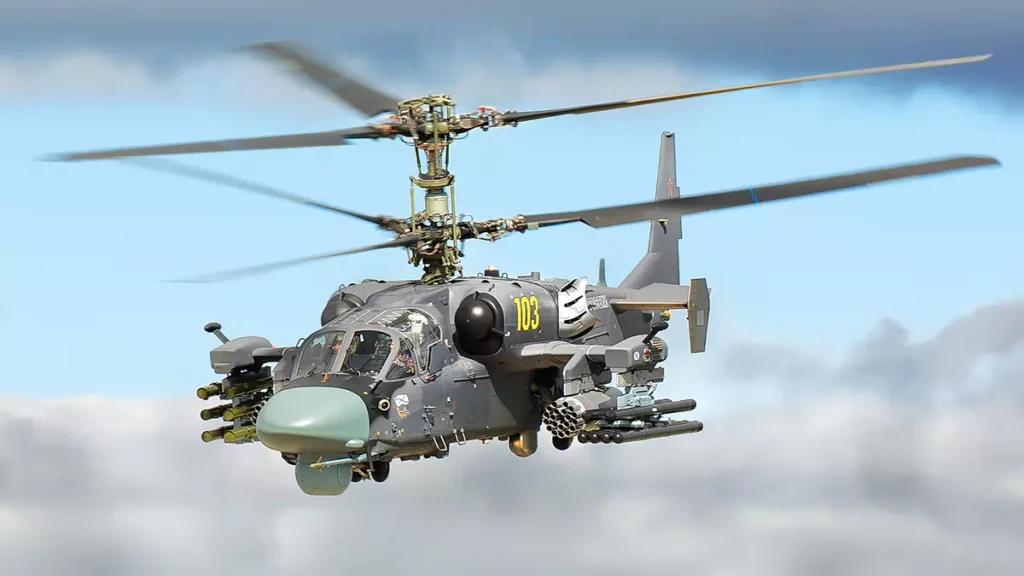
From the start, the air war over Ukraine wasn’t what most analysts expected it to be. In the opening hours and days of the conflict, the powerful, at least on paper, Russian Aerospace Forces failed to achieve crucial air superiority.
As the months progressed, Russian fighter and bomber jets assumed a secondary role — mainly launching cruise missiles against Ukrainian cities and critical infrastructure from scores of miles away.
Meanwhile, the Ukrainian Air Force has proven to be a tough nut to crack. Ukrainian pilots have fought valiantly and beyond their pre-war on-paper capabilities. Equipped with Western weapon systems — but not fighter jets — the Ukrainians have made life difficult for their better-equipped and more numerous adversaries.
Trapped between not doing enough and risking multi-million aircraft, the Russian Aerospace Forces have had to adapt twice in the past few months and our now playing a much more important role in the fighting.
Guided aerial bombs
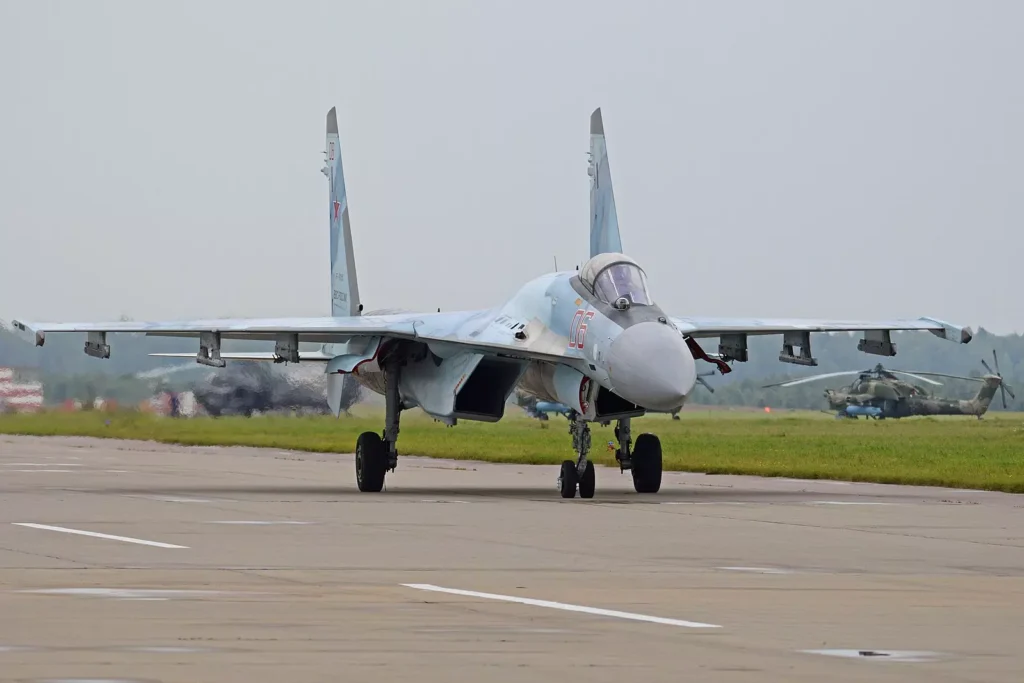
Back in April, the Ukrainian Air Force assessed that Russian aviation units had reduced close air support (CAS) sorties and were relying instead on stand-off munitions. Russian fighter jets started releasing stand-off munitions from ranges that are outside Ukraine’s short- and medium-range anti-aircraft weapon systems.
Specifically, Russian aircraft, such as the Su-35 Flanker, deployed guided aerial bombs that can glide for miles, thus bypassing the formidable air defense umbrella Kyiv has established above most of Ukraine. However, the downside of this approach is that these glide bombs are less precise than other types of munitions with shorter ranges.
“Russian forces may be changing aviation tactics to mitigate the risk of further aviation losses by operating out of the range of most Ukrainian anti-aircraft and air defense systems, at the cost of the ability to conduct close air support,” the Institute for the Study of War had assessed at the time.
Related: The B-52 Bomber is getting more advanced radar than Russia’s Su-35 fighter
The return of the alligators
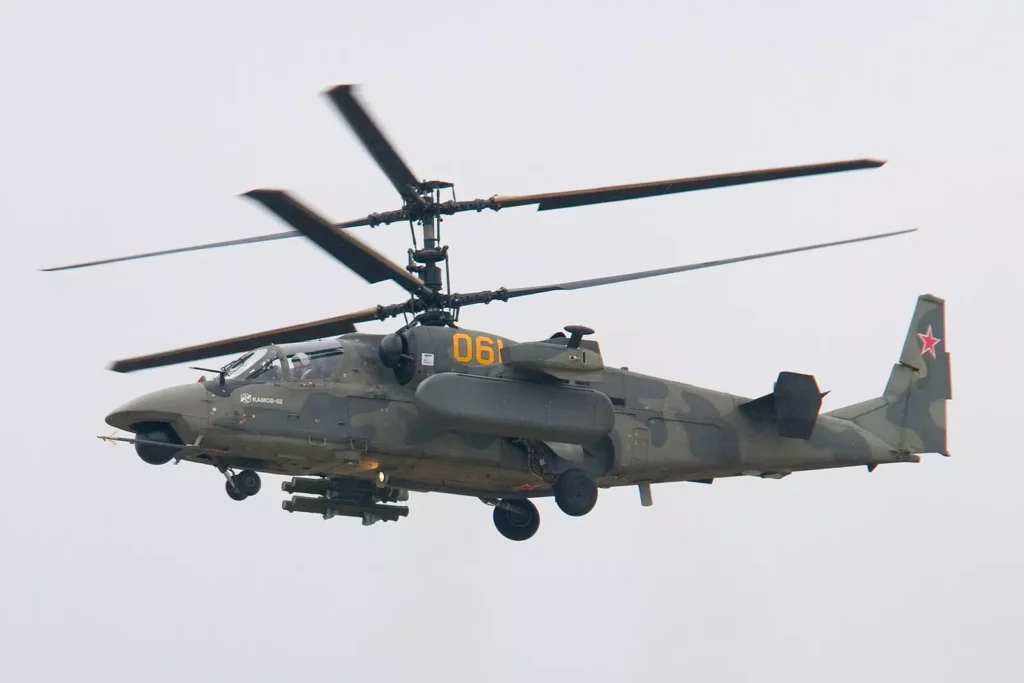
In the first week of June, the Ukrainian military launched its much-anticipated counteroffensive in the Donbas and southern Ukraine. Using a combination of Western weapon systems and experienced troops, the Ukrainian forces attacked along several axes of advance. They haven’t gone far. Waiting for them was probably the most extensive defensive line on European soil since the end of World War II.
Although equipped with modern Western weapon systems, the Ukrainian units have failed to achieve the operational breakthrough that would pressure the Kremlin to negotiate.
But it isn’t just the minefields and the anti-tank ditches that have slowed down the Ukrainians. For the first time since the opening days of the war, the Russian Aerospace Forces are playing an important tactical role in the fighting.
Once the Ukrainian counteroffensive began, the Russian Aerospace Forces changed their tactics once more. Since June, the Russian Aerospace Forces have been using attack helicopters in close air support missions with significant effectiveness.
Related: The long-range fires that will define the Ukrainian counteroffensive
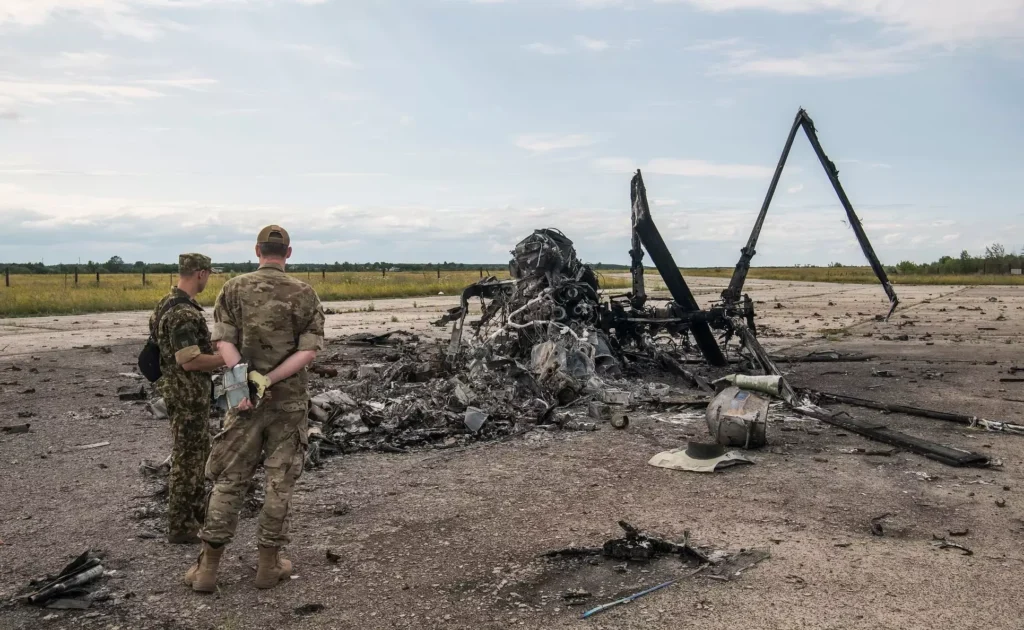
The Russian forces had months to prepare for the Ukrainian attack. They had mapped out likely avenues of approach and ensured that when the advancing Ukrainian forces got bogged down in the extensive minefields, artillery, suicide drones, and aviation would be there to pounce. The Kremlin has relocated dozens of attack helicopters, including Ka-52 Alligators, close to the frontlines in field airfields.
The British Military Intelligence recently assessed that Ka-52 Alligator attack helicopters have been very effective against the Ukrainian military, imposing a “heavy cost” on Kyiv’s forces. In the first days of the counteroffensive, the British Military Intelligence had estimated that “in the constant contest between aviation measures and counter-measures, it is likely that Russia has gained a temporary advantage in southern Ukraine, especially with attack helicopters employing longer-range missiles against ground targets.”
Flying low and fast, Russian Ka-52 Alligator attack choppers are able to attack bogged-down Ukrainian units and scoot flying at very low altitudes, thus avoiding any shouldered-fired anti-aircraft missiles, such as the FIM-92 Stinger. According to reports, Russia has started deploying the Ka-52M attack helicopter, an advanced variant of the Alligator. Among other upgrades, the Ka-52M reportedly has a better targeting system and can carry LMUR guided missiles that have a range of nine miles.
The Ukrainian Ministry of Defense is claiming to have shot down more than 300 Russian attack, fighter, and bomber jets. Independent open-source investigators have visually verified around 80 destroyed Russian fixed-wing aircraft. But with even those casualties, the Russian aircraft are still attacking. The use of guided aerial bombs and attack helicopters has given the Russian Aerospace Forces a temporary advantage over the skies of eastern and southern Ukraine, making Kyiv’s work of liberating the rest of Ukraine harder.
Read more from Sandboxx News
- The Marines’ new drone-truck can take out enemy ships from 1,000 miles out
- The CIA used miniature models to meticulously plan high-stakes operations
- Ukrainian forces are using a clever and cheap method to take out Russia’s best tanks
- X-Planes: Experimental aircraft that changed the world without you knowing
- Did you know that the last trench gun survived until the Iraq War?
Related Posts
Sandboxx News Merch
-

‘AirPower’ Classic Hoodie
$46.00 – $48.00 Select options This product has multiple variants. The options may be chosen on the product page -

‘Sandboxx News’ Trucker Cap
$27.00 Select options This product has multiple variants. The options may be chosen on the product page -

‘Kinetic Diplomacy’ Bumper Sticker (Black)
$8.00 Add to cart
Stavros Atlamazoglou
Greek Army veteran (National service with 575th Marines Battalion and Army HQ). Johns Hopkins University. You will usually find him on the top of a mountain admiring the view and wondering how he got there.
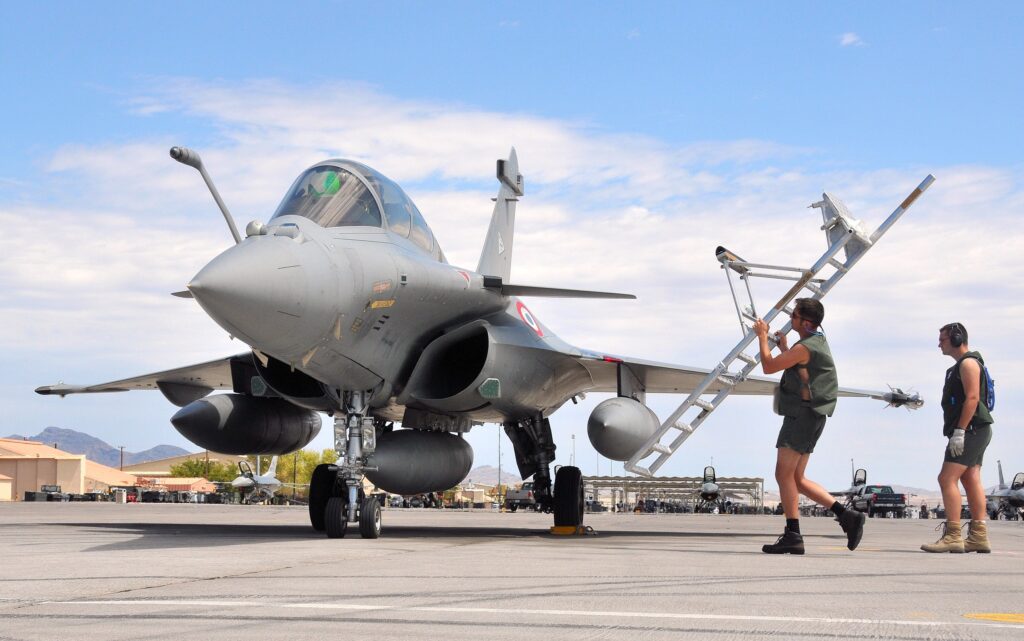
Could France undertake the role of Europe’s nuclear protector? Potentially
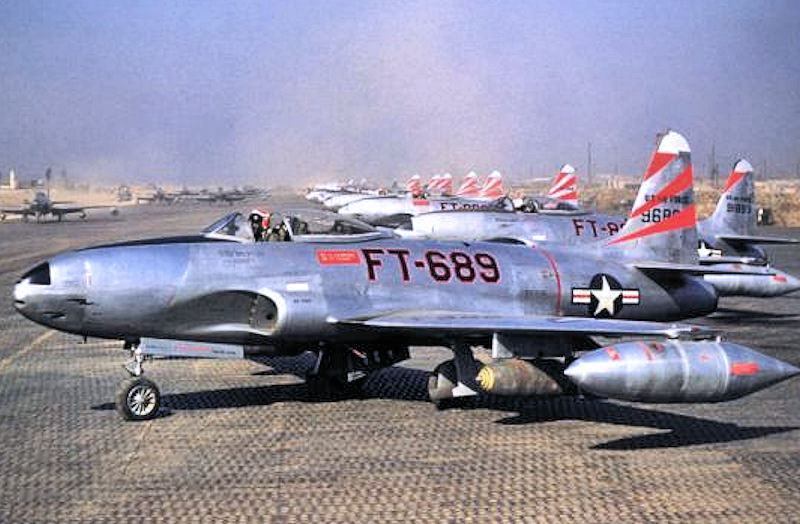
What are the differences between the six generations of fighter aircraft?
Sandboxx News
-

‘Sandboxx News’ Trucker Cap
$27.00 Select options This product has multiple variants. The options may be chosen on the product page -

‘AirPower’ Classic Hoodie
$46.00 – $48.00 Select options This product has multiple variants. The options may be chosen on the product page -

‘AirPower’ Golf Rope Hat
$31.00 Select options This product has multiple variants. The options may be chosen on the product page -

‘Sandboxx News’ Dad Hat
$27.00 Select options This product has multiple variants. The options may be chosen on the product page
